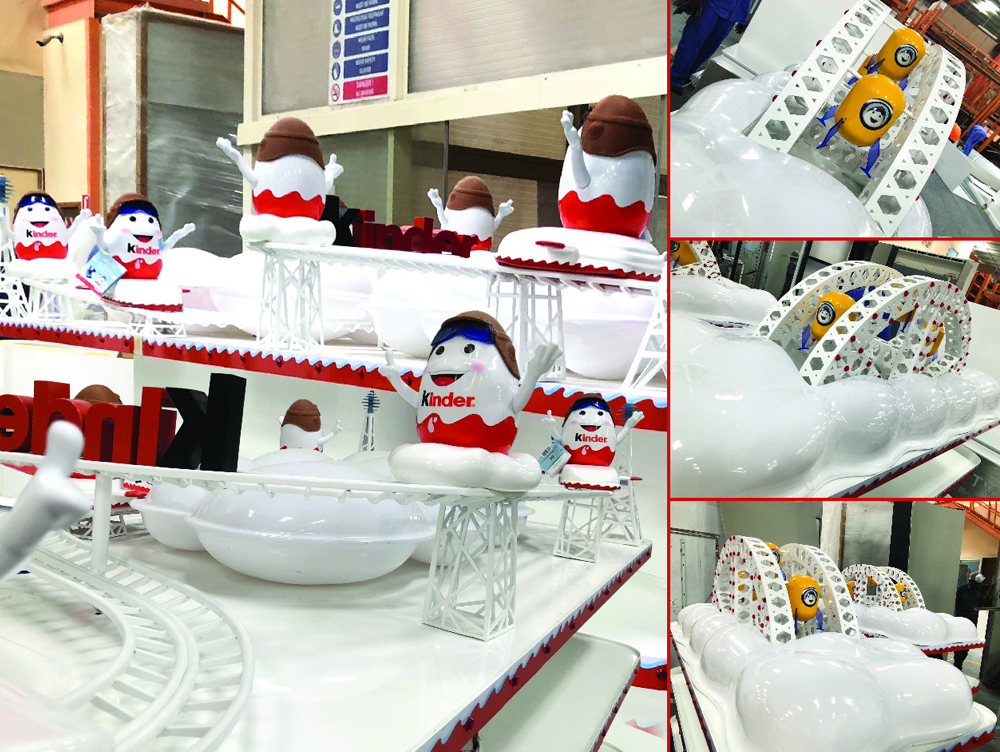Selecting the right 3D printer can significantly impact your projects, whether you’re a hobbyist, a professional designer, or a small business owner. With various technologies, specifications, and features available, making the right choice can feel overwhelming. Explore here essential factors to consider when choosing a printer for 3D printing Dubai that aligns with your needs.
Determine your purpose
The first step in selecting a 3D printer is to identify its intended use. Are you printing prototypes, intricate designs, or simple objects? For professionals and engineers, a printer that offers high precision and detail is essential. Conversely, hobbyists may prefer a more affordable option that allows for experimentation without a significant financial commitment. Knowing your primary goal will guide your selection process.
Understand 3D printing technologies
Familiarize yourself with the different 3D printing technologies available:
Fused deposition modeling (FDM) – This is the most common and cost-effective technology, ideal for beginners and hobbyists. FDM printers extrude melted filament to create layers, making them suitable for various applications but with limitations in detail and material types.
Stereolithography (SLA) – SLA printers use a laser to cure resin, producing highly detailed prints. They are excellent for intricate designs and smooth surfaces but can be more expensive and require more maintenance.
Selective laser sintering (SLS) – SLS printers use lasers to fuse powdered materials. They are suitable for functional parts and prototypes but typically have a higher price point and operational costs.
Build volume
Consider the build volume of the printer, which determines the maximum size of the objects you can print. If you plan to create larger items, opt for a printer with a more extensive build area. Conversely, a smaller build volume may suffice for smaller, detailed projects.
Material compatibility
Different printers support various materials, such as PLA, ABS, PETG, or resin. If you have specific material requirements, ensure the printer can accommodate them. FDM printers typically use filament, while SLA and SLS printers use liquid resin or powder, respectively. Choose a printer that aligns with the materials you intend to use for optimal results.
Ease of use and setup
Look for features that improve user-friendliness, especially if you’re new to 3D printing. Plug-and-play models with straightforward setups and intuitive software can save you time and frustration. Additionally, consider printers with automatic bed leveling and filament sensors for a more smooth printing experience.
